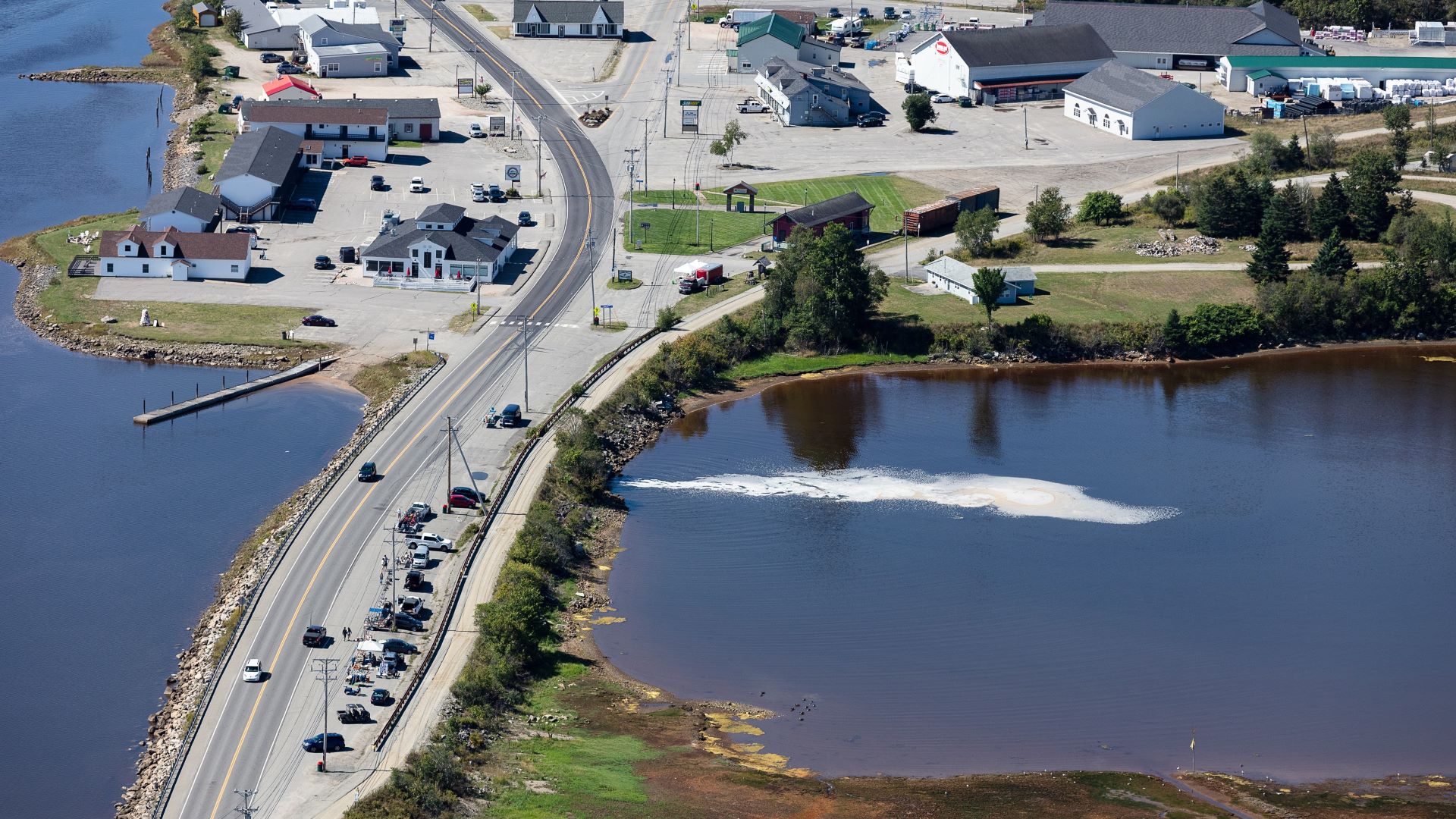Maine, known for its stunning landscapes and vibrant communities, also faces challenges when it comes to poverty and economic struggles. While there is no clear-cut answer to which town in Maine holds the title of the poorest, several towns have been identified as having high poverty rates or low median incomes. These economic conditions highlight the need for support and community development in these areas. Let’s take a closer look at some of the towns in Maine that are facing economic hardship.
Waldoboro: The Second Poorest Town in the United States
Waldoboro, a small coastal town in Maine, has made headlines for being one of the poorest towns in the United States. According to national reports, Waldoboro ranks as the second poorest town in the entire country, with a median household income ranging between $14,000 and $15,000. This is significantly lower than the national average, which raises concerns about the town’s economic stability and overall well-being.
Despite its scenic beauty and historical significance, Waldoboro’s economic challenges are difficult to ignore. The low median income suggests that many families in the town struggle to meet their basic needs, such as housing, healthcare, and education. As a result, community leaders are focusing on ways to improve the local economy, create job opportunities, and provide financial support to residents in need.
However, it’s important to note that Waldoboro’s ranking as the second poorest town in the United States is a national assessment and not specific to Maine. Therefore, while it is certainly one of the towns facing serious economic challenges, it may not necessarily be the poorest town in the state of Maine.
Machias: The Poorest Town in Maine
Another town that has been identified as one of the poorest in Maine is Machias. Located in Washington County, Machias has an average annual household income of just $20,333. This is far below the state and national averages, making it one of the towns with the lowest income levels in the state.
Machias, like many other small towns in Maine, faces unique economic struggles. With a limited number of industries and businesses, many residents rely on seasonal work or government assistance to make ends meet. The town’s economy is also impacted by the declining fishing industry, which historically provided jobs for many locals. As the demand for traditional industries like fishing decreases, residents are left to find new ways to support themselves.
Despite these challenges, Machias has a close-knit community that works together to support each other. Local organizations and nonprofits are doing their best to address issues like food insecurity, housing affordability, and access to healthcare. However, the low median income remains a significant barrier to the town’s long-term economic growth and development.
Patten: The Town with the Highest Poverty Rate in Maine
Patten, a small town located in the northern part of Maine, has the highest poverty rate in the state, with an alarming 41.4% of its population living below the poverty line. This figure is much higher than the state and national averages, signaling severe economic distress for the town’s residents.
The poverty rate in Patten is driven by a combination of factors, including limited access to high-paying jobs, a lack of infrastructure, and a high dependency on seasonal work. The town’s economy is primarily based on forestry and agriculture, industries that have seen limited growth in recent years. As a result, many residents face challenges in securing stable, well-paying jobs that would help them escape poverty.
In response to these challenges, community leaders and local organizations in Patten are working to improve economic opportunities for residents. Efforts are being made to attract new businesses to the area, create job training programs, and improve access to healthcare and social services. However, the high poverty rate continues to be a major concern, and more efforts are needed to help the town thrive.
Other Towns in Maine Struggling with Poverty
While Waldoboro, Machias, and Patten stand out for their particularly high poverty rates and low median incomes, there are other towns in Maine that also face significant economic challenges. Areas with large rural populations often experience higher rates of poverty due to limited job opportunities, lower wages, and the absence of major industries.
Many rural towns in Maine have also experienced a decline in traditional industries, such as farming, fishing, and logging, which have historically supported local economies. As these industries shrink or become less profitable, many residents are left searching for new sources of income. Additionally, the high cost of living in some parts of Maine, particularly in more remote areas, makes it even harder for families to make ends meet.
Moreover, access to quality education and healthcare can be limited in these areas, which further contributes to the cycle of poverty. Without access to these essential services, individuals may struggle to break free from poverty and improve their quality of life.
Factors Contributing to Poverty in Maine
There are several factors that contribute to poverty in Maine, including economic shifts, the lack of job opportunities, and the high cost of living in certain areas. Rural communities often face the added challenge of being geographically isolated, making it harder for residents to access resources and opportunities.
In some towns, limited public transportation options make it difficult for people to travel to larger cities where job opportunities may be more abundant. This lack of mobility can restrict access to employment, education, and healthcare, leading to higher poverty rates.
Additionally, seasonal work in industries such as fishing, forestry, and agriculture provides unstable incomes for many residents. The lack of year-round employment opportunities makes it difficult for families to sustain themselves throughout the year, leading to financial insecurity.
What’s Being Done to Address Poverty in Maine?
Local and state governments, along with community organizations, are working to address the economic challenges faced by towns with high poverty rates. Programs aimed at job training, affordable housing, and improved access to healthcare are being implemented in many areas.
For example, organizations in Machias are working to create new economic opportunities by encouraging entrepreneurship and promoting tourism. In Patten, efforts are underway to diversify the local economy and attract new industries to the area.
While progress is being made, more needs to be done to address the root causes of poverty in Maine. By investing in education, job creation, and infrastructure, the state can help lift towns out of poverty and ensure that all residents have access to the resources they need to thrive.
Disclaimer – Our team has carefully fact-checked this article to make sure it’s accurate and free from any misinformation. We’re dedicated to keeping our content honest and reliable for our readers.




